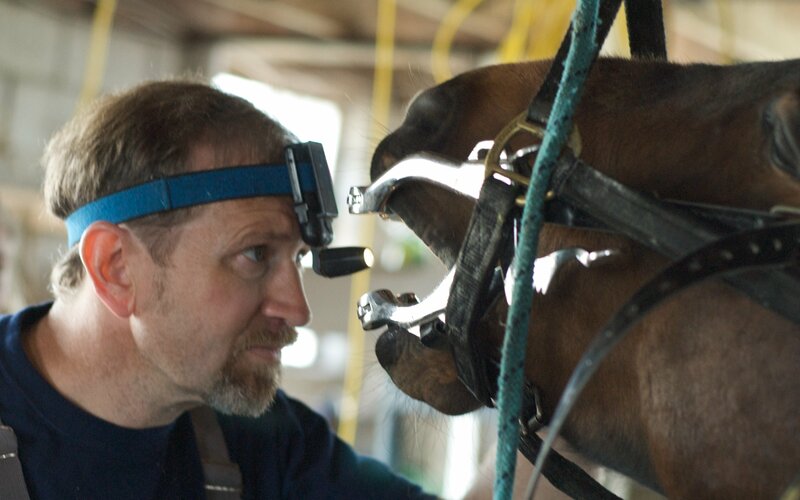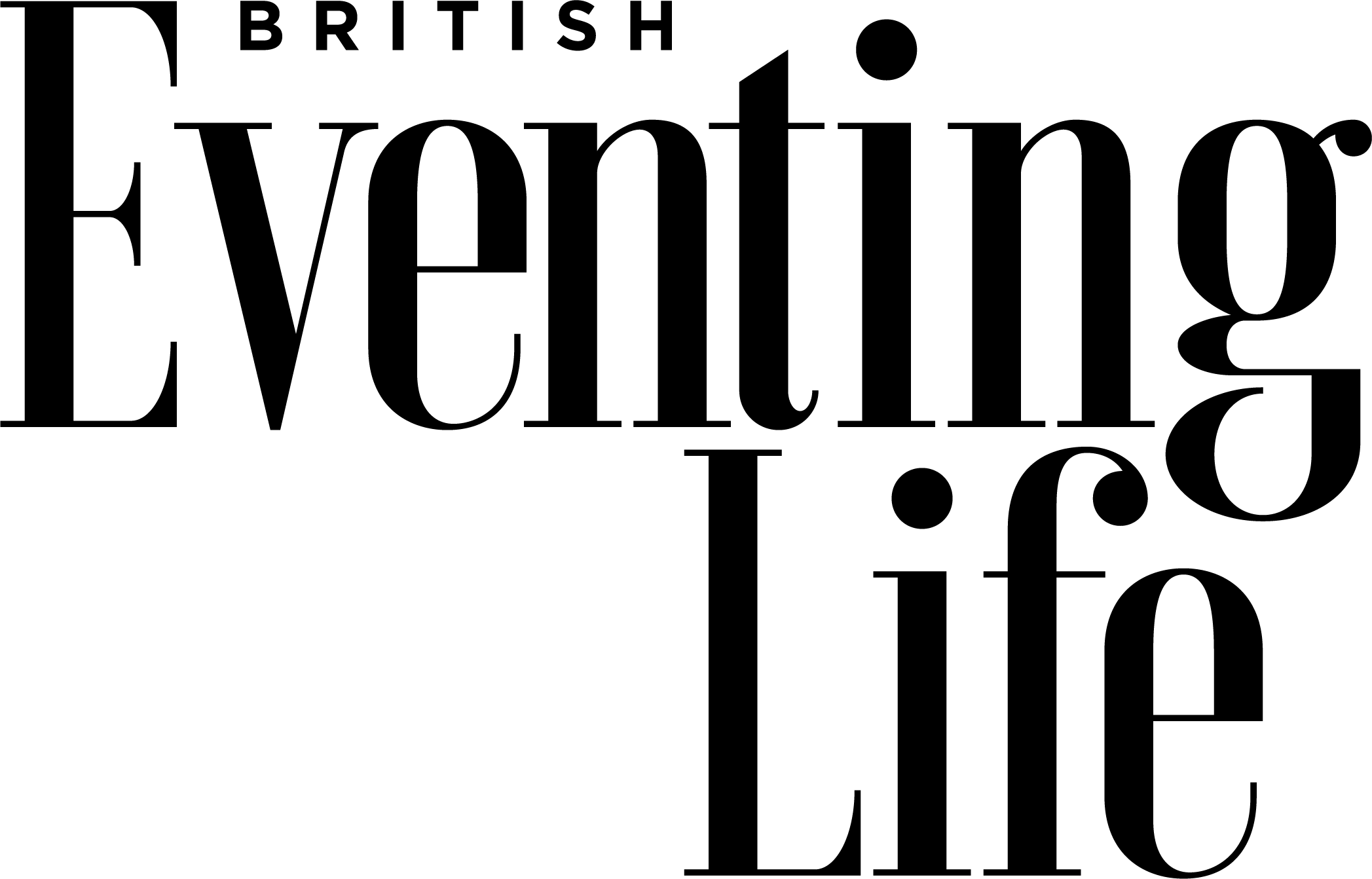
Looking after your horse’s teeth
Equine Dentist Grant Chanter gives his advice and identifies common equine dental issues.
Check the small print
It may seem obvious, but just because an individual puts EDT (equine dental technician) after their name does not mean that they have recognised qualifications. There are two associations that have a recognised exam in this country; the World Wide Association of Equine Dentists (WWAED) and the British Association of Equine Dental Technicians (BAEDT). On their websites are the lists of those who have passed their exams. The BAEDT works closely with the British Equine Veterinary Association (BEVA) – it is BEVA’s exam that EDTs have to pass to become a full member of the BAEDT.
Common dental problems
The problem: Development of sharp enamel points that cause ulceration to the surrounding tissue. This can be partly due to domestication – we feed forage and hard foods with higher nutritional values than that found in the wild and so less volume is ingested. Also the grasses are finer and less woody, containing less abrasive silicates. The end result is that the continually erupting teeth do not get sufficient wear.
Signs and symptoms: Training and performance issues such as head tilting, inconsistency in the contact and in extreme cases rearing, as well as masticating/chewing more slowly or awkwardly.
Prevention: Regular, thorough floating of these edges will prevent this.
The problem: Developmental changes cannot be controlled in the wild. Some teeth can become impacted or overcrowded, which results in opposing teeth erupting more quickly or coming out of alignment. This results in uneven pressures being forced on the opposing teeth, which in time can force teeth apart. Gaps (diastemata) occur which trap food and cause periodontal disease, which can lead to tooth loss.
Signs and symptoms: Periodontal disease can be extremely painful and often results in the horse unable to chew properly (dysmastication), resulting in food balls dropping out of the mouth (quidding). Misalignment can occur where teeth do not match up with their opposing ones and these teeth can overgrow. Such overgrowths can restrict the full range of the jaw, which can lead to further developmental and performance problems.
Prevention: Regular balancing of the dental arcades can help prevent many of these problems occurring.
The problem: Horses’ teeth are also susceptible to caries. This is basically tooth decay of the organic components.
Signs and symptoms: The tooth becomes fragile, making it susceptible to fracture.
Prevention: If diagnosed early there are a number of options available. One is for the tooth to be reduced to take the pressure off it and therefore decreasing the chance of fracture. A second option is for it to be referred to a veterinary surgeon who specialises in teeth fillings. If not diagnosed early then it often results in tooth extraction, which can be an expensive procedure and not of long-term benefit to the horse.
Image by Pete Markham from Loretto, USA – Equine Dentistry, CC BY-SA 2.0, https://commons.wikimedia.org/w/index.php?curid=9466415
